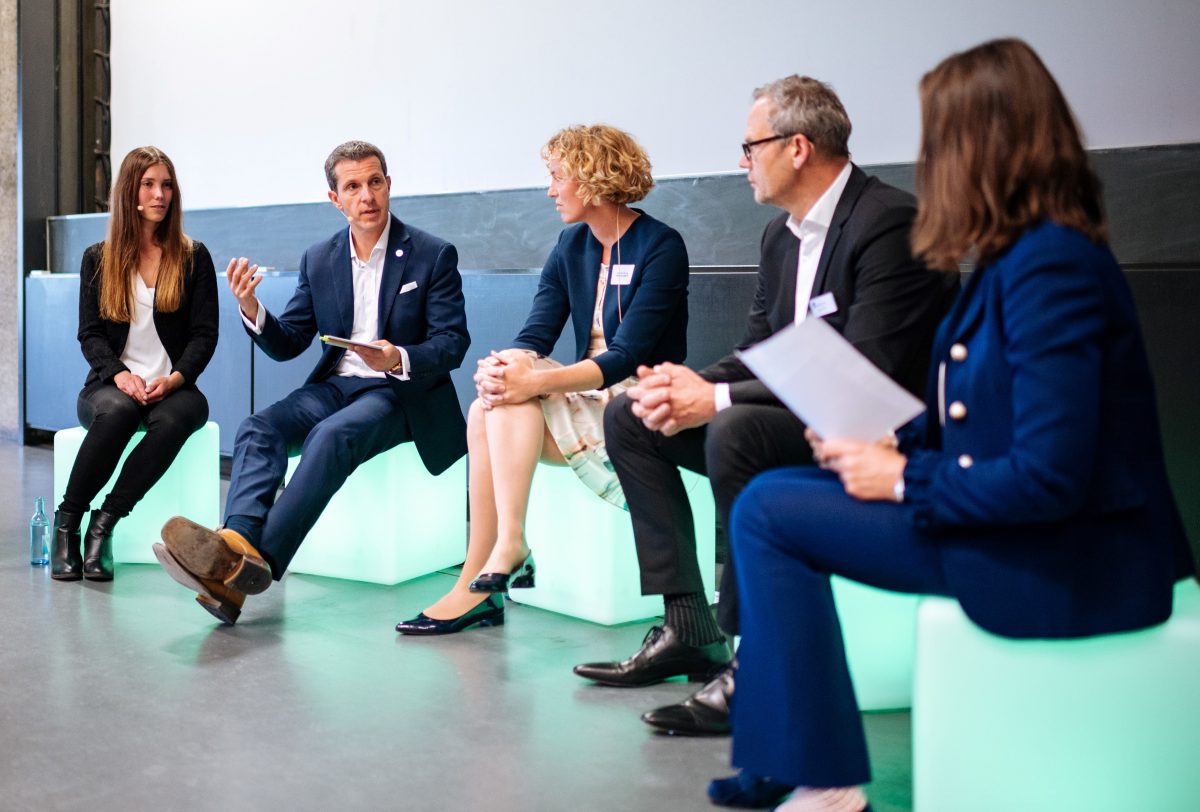Sedan en tid tillbaka finns möjligheten att omcertifiera redan LEED-certifierade byggnader och visa att de fortfarande presterar bra miljömässigt. En omcertifiering kan även användas vid grön finansiering.
I en omcertifiering (recertifiering) visar man hur byggnaden presterar i drift inom områdena: Energi, Vatten, Avfall, Transport och Inomhusmiljö. Certifieringen förnyas minst vart tredje år och kan användas för att förbättra byggnaden. Till skillnad från LEED-certifiering av ny- och ombyggnadsprojekt, som till stora delar baseras på projekteringshandlingar, baseras omcertifieringen på hur byggnaden verkligen presterar.
Det finns även möjlighet att automatisera stora delar av certifieringen, som du kan läsa om i artikeln om Vasakronans arbete här.
Vi har frågat Kay Killmann som leder GBCI Europe om varför man ska omcertifiera sin LEED-byggnad och vilka fördelar det innebär (engelska):
My building was LEED certified at the time of construction, why should I recertify?
When you earn LEED certification under Building Design and Construction (BD+C) or Interior Design and Construction (ID+C), it recognizes how the building or interior space is designed and built at a fixed moment in time. This certification does not expire, but it will always refer to the year and version under which it has been certified. Recertification takes advantage of LEED for Operations and Maintenance (LEED O+M) to assure the market that the dynamics of a building over its lifetime remain up to LEED standards. This is important since a building’s occupants, technologies and operations are constantly in flux.
What are the benefits?
When a building is LEED certified or recertified, the market takes notice because there is real data to back up the certification. Governments across the world are asking for selected data driven information, to prove accountability of CO2 emissions. Using data to keep your LEED status current, also makes it simple to report into ESG benchmarks like GRESB. ESG reporting has become more and more of a requirement, especially by institutional investors and stakeholders. The upfront investment in recertifying is minimal, there are no hidden costs, and it is a standard recognized by investors across the World.
How does recertification work?
Recertification is available to all occupied and in-use projects that have previously achieved certification under LEED regardless of its initial rating system or version. Recertification is achieved by a simple and data-driven pathway using a data collection tool called ARC, assuring that projects meet ever-changing goals and stay on the cutting edge. You will need to enter data into ARC at least annually to stay on the certification path, but your recertification will be valid for three years. Once you have successfully completed recertification, your project will earn LEED O+M certification under the newest available version of the rating system. Currently, that is LEED v4.1.
But the initial investment seems high?
Aside from the value of being able to show investors and stakeholders a LEED certification, the decision to work towards an O+M for recertification is free; with the option to use a pay-as-you go, by-category model (performance certificates). There is no cost to set up a building or space in the ARC platform and you can choose what and how many categories you want to track and incrementally certify them as you go. Once you have completed all required categories for recertification in ARC, you submit for certification and GBCI will provide 3rd party verification and issue a LEED O+M certification. From there, every three years you can recertify by resubmitting your data annually using the same system, which at this point will be automatic.
This all sounds good, how do I get started?
Step 1: Review the Recertification Guide, which details the requirements and process.
Step 2: Contact SGBC if you need more information or if you need help to activate the recertification at leed@sgbc.se
Step 3: View the pricing for LEED recertification.
Can I order a new plaque?
Yes, with LEED recertification, you have a new certification and can order all of the same recognition materials available for projects pursuing their initial LEED certification.

